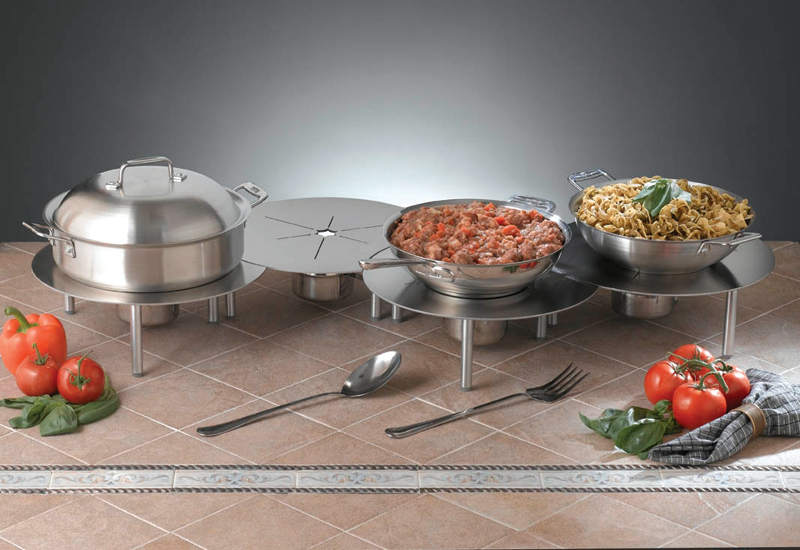But hopefully for all these players, Gulfood will be the starting point for a more substantial regional focus.
Extrexport general manager Antonio Tena expands: “We are not in the region just for four days of Gulfood; we are here to stay. For instance, we are planning some culinary events organised by Extrexport with some local partners in Dubai and Kuwait for spring 2010.”
Whatever their individual goals, exhibitors will undoubtedly be hoping for significant positive return from the Dubai-based trade fair.
As Orego Packaging Co’s president of the board, Ali Karaarslan, comments: “Last year was all about crisis conditions; 2010 is going to be an attack period.”
Many exhibitors remain bullish, looking to build on successful regional results from 2009 — such as Commodities International.
“Last year was our first foray into this market; we had some success and are hoping to build on that as the economy starts to rebound,” explains managing director for Atlanta, Tony Burnes.
Alberto Grandi, owner of automatic packaging and packing machines manufacturer Grandi, agrees: “Business in the Middle East market is growing year by year. This is the reason why we expect to get great results from this exhibition.”

Advertisement
Meanwhile American Food Service actually saw 10% growth in the Middle East, reveals director Gerard Chin-A-Kwie — and Bon Chef Inc. president Sal Torre says although the downturn may have affected the whole world, “we still managed to get some nice orders from Dubai”.
Similarly, Sencha Naturals’ highest single order was in the Middle East, with A Ronai managing director Gavin Dodd agreeing that 2009 was “a very good year”, yielding slight growth in core product sales for the tableware company.
“We have a few concerns for 2010 as there are very few projects in the final stages of construction, which is when they buy our type of products,” Dodd admits. “But we hope to see an improvement near the end of the year as things get back on track.”
Saffron supplier Safinter faced a challenging past year, but is optimistic about the future. “Our business in 2009 was quite challenging due to the negative impact of the recession combined with a severe shortage of saffron, due to low production,” explains sales and marketing manager Surinder Mendirata.
“But due to improved production methods and better weather conditions during the recently concluded November 2009 saffron harvest in Spain, the crop has been better than previous years.”
However others are not going to count their chickens before they’re hatched, and remain reserved with their predictions for the next 12 months.









 Search our database of more than 2,700 industry companies
Search our database of more than 2,700 industry companies









